My town of Phan Thiet, a humble piece of land located at the end of the Central strip of land. Although small and slender, it has no tall buildings or wide roads, no citadels or temples.
But it always evokes in me a nostalgic feeling, growing bigger and bigger over the years, that no matter where I go, wherever I am, I always long to return. Return like a child far away from home looking for his roots, to immerse himself in the immortal smell of fish sauce, to breathe in the smell of fish drying on the small streets, on the sidewalks and on the thatched roofs, full of sun and wind. Wanting to be alone and think, walking lightly on the sandy roads with my heels. To remember, to love the image of my homeland, which I have carried with me for so many days in my heart on my wandering journey.
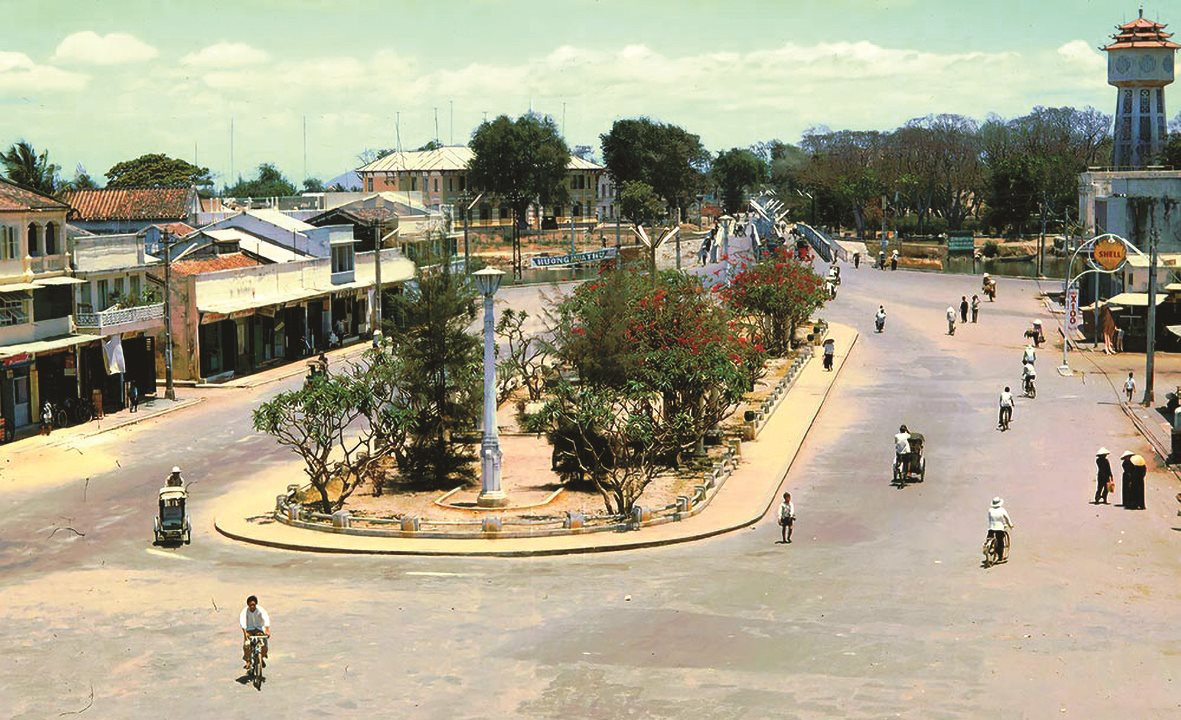
I want to walk on the roads that I used to walk on when I was a child. The roads with few green trees, and the typical coastal roads with nothing but sand. It seems that when I walk on these roads filled with childhood memories. Walking under the shade of coconut trees, willow trees, royal poinciana trees, or red cotton trees, I truly feel relaxed and comfortable. It feels like only in those places are the childhood skies that I want to return to. Feeling the nature that I have kept in my subconscious for many years, makes people's moods become indescribably wistful, even though those images have changed a little.
In the old days of Phan Thiet, there were not many streets with names like now. The whole town only had main roads with asphalt, and surrounding them were internal sand roads, defining the boundaries of each street and each area. There weren't many!! On this side of the river, on the left bank, there were only three roads along the north-south axis, and there were also only three across the axis, including the railway. The three main longitudinal roads were Luong Ngoc Quyen (Nguyen Hoi), Nguyen Hoang (Le Hong Phong) and Thu Khoa Huan. The three across the axis were Hai Thuong Lan Ong, Ben Ba Trieu (Le Thi Hong Gam) connecting to Huyen Tran Cong Chua (Vo Thi Sau) street. Along with the railway line, it extended parallel to Cao Thang street running from Thiet market, Binh Hung, through the station and all the way to Phu Hoi, Muong Man. The remaining branches, which were also numerous, were all sand roads, running through hamlets and had no names like now. On the right bank, because it was chosen as the center of economy , trade, commerce and production, there are more named asphalt roads. The center is Phan Thiet market, with the main road running through the middle of the street named after the first king of the Nguyen dynasty, King Gia Long (now Nguyen Hue). And probably also to commemorate the efforts of opening up the land and settling the southern border of the previous kings and their meritorious officials. So from the middle bridge (Quan bridge) down to the small flower garden on this side, the two main roads hugging the flower garden are named after two great mandarins Le Van Duyet and Nguyen Van Thanh. At that time, there was no bypass and Tran Hung Dao bridge had not been built, the streets were not as wide and smooth as they are now. There was only one road running through the north-south axis, going straight through the center of the town. This road, the northern end is named Nguyen Hoang, runs through the middle bridge, goes to one side of Gia Long main street, to Duc Nghia intersection, then connects to Dong Khanh street and Tran Quy Cap street, then runs south towards bridge 40. The inner end of Tran Quy Cap street has a section connecting to the bank of Ca Ty river, named Tran Hung Dao street. The special thing in the old way of choosing the location and naming the roads is the roads on both sides of the river and the road running along the beach, where Con Cha wharf is located. Along both sides of the river, counting from the middle bridge going in both directions, on the other side of the river from the small flower garden down to Con Cha wharf, named Trung Trac, connecting to Ben Ngu Ong street running to Quang Binh hamlet. And opposite is Trung Nhi street, running all the way up to Coc pagoda, Lang Thieng cave. On this side of the river, from the big flower garden running to the right up to Lo Heo is Ba Trieu street, and on the opposite side running down to Thuong Chanh beach is Huyen Tran Cong Chua street. Both sides of the river are named after four female national heroes.
I miss the many Huyen Tran Cong Chua streets filled with memories of the past. If Nguyen Hoang Street once bore the footsteps of high school students at the beloved Phan Boi Chau School, there were afternoons and evenings when white ao dai fluttered in the wind, wooden clogs clattering on the right-hand side. And the mischievous boys in white shirts and green khaki pants sat in groups in the Ba Dieu coffee shop, craning their necks to wait for each flap of ao dai to pass by. Especially on days when it rained lightly, just enough to soak the pure white shirts. The female students, their arms hugging their bags to protect their chests from the rain, their conical hats hanging down behind them to cover their backs, but the more they covered, the more their hips were exposed, where the ao dai had slits on the armpits to reveal a part of their white, pink bellies. The strange thing was that whether it was light or heavy rain, the girls, in pairs or threes, still walked leisurely and unhurriedly. It seemed they wanted to show off their pure beauty because they knew for sure that on the other side of the street there were many people watching. On the contrary, Huyen Tran Cong Chua Street is a road of memories, a road of weekend beach trips, and also a road of passionate love when we were young. I miss the old road so much, the part that started near the big cotton garden near the Provincial Government. The whole group ran away for their lives while walking leisurely, when suddenly there was a piercing whistle on the water tower. Some of them sat down on the ground, their faces distorted, tears streaming down their faces because they didn't have the courage to run past that place. All because they were too playful, coming home late and forgetting the whistle. I still remember that time, from above in front of Binh Quang Pagoda, passing Thiet Market, then going towards the sea. On the side of the sand dune on the side of the pagoda, there was often sand and water gushing out and overflowing all over the road. There were schools of small fish inside the pineapple bushes and wild trees along the road, leisurely swimming out with the water. On the road, when they encountered shallow water, they quickly wagged their tails, spread their fins, and turned around to swim back in. We just cupped our hands together to block our heads to catch them. We caught them for fun, not for any other purpose. We just held the fish in our hands and showed them to this and that kid to see which one was pretty and which one was ugly. The snakehead fish had two long whiskers on its two flank fins, and its body was flat. The baby perch was only the size of a finger, with a golden body, fanning the water through the wind, swimming sideways very well. The baby snakehead fish were bright red in schools, swimming proudly in the water, even though each one was only as big as a chopstick tip, about the length of a finger.
The road down to the sea at that time was planted with many coconut trees, some were very tall, some stretched across the road. Especially at the Dinh and Hung Long areas, coconut trees were planted in large, shady clumps, used as places to tie ropes, mend nets, and build boat-building rigs. As for Thuong Chanh beach, it was covered with willows, stretching all the way to the poplar hills, but unfortunately there was no road leading to it, so we had to follow the sea along the shore. The sea and sky were immense, the waves lapped endlessly, roaring, rolling foam, my soul drifted in a dream. Taking off my sandals, I walked on the fine sand along the shore, letting each wave crash and run along the sand, wetting my shirt and pants. Regardless, I could only hear the two dear words Phan Thiet.
Source





![[Photo] T&T 1 and Ho Chi Minh City 1 People's Police Teams won the men's and women's team championships](https://vphoto.vietnam.vn/thumb/1200x675/vietnam/resource/IMAGE/2025/5/22/39db06ae67cb4001b7a556e8d9a56d07)



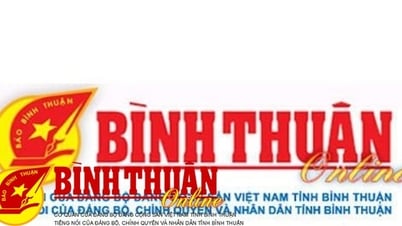
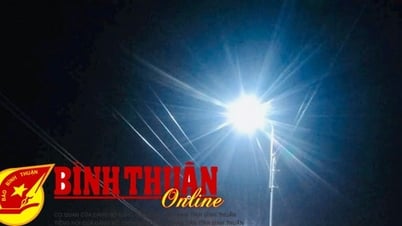

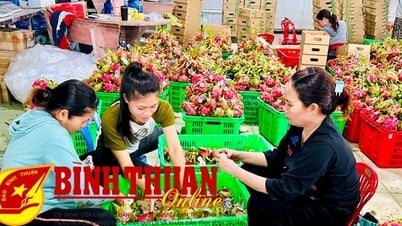








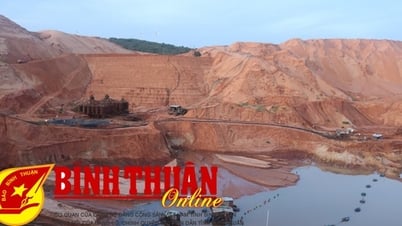
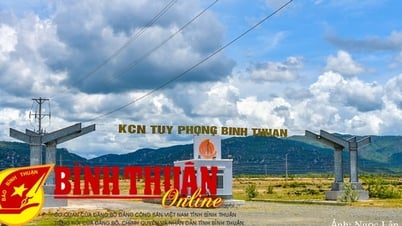
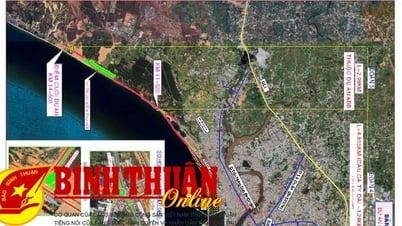




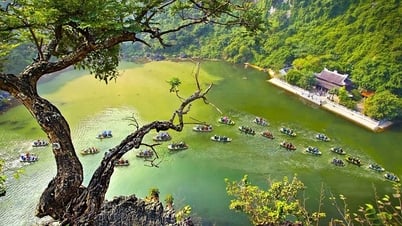

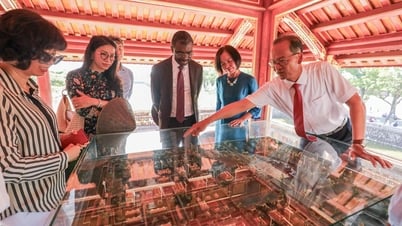







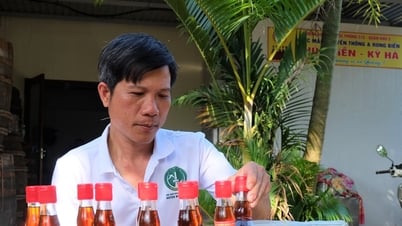

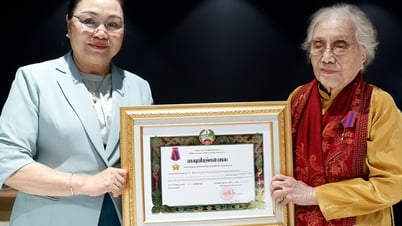

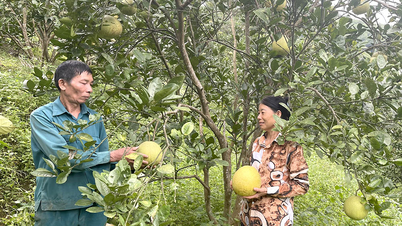

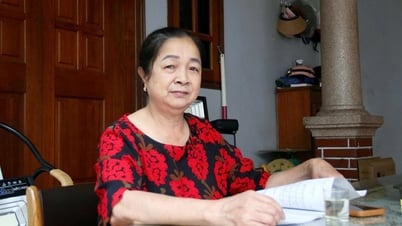















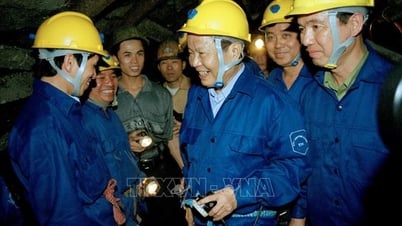
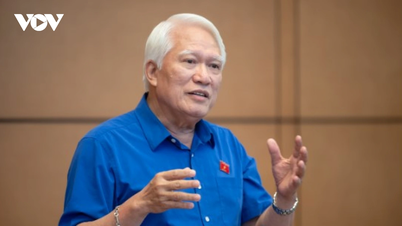
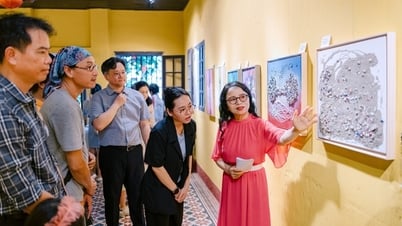

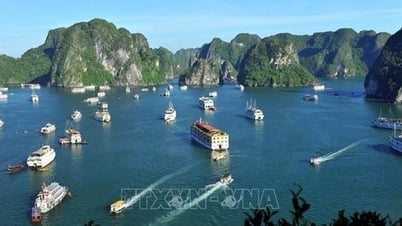

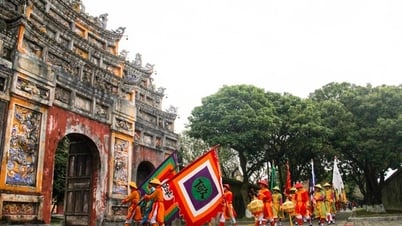
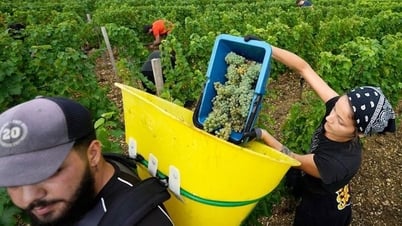

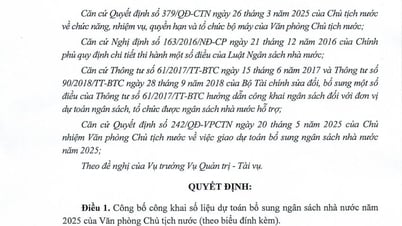

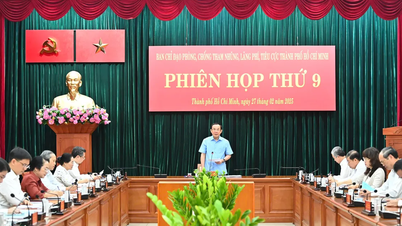





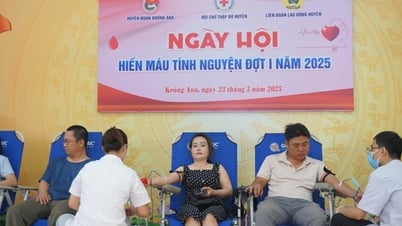
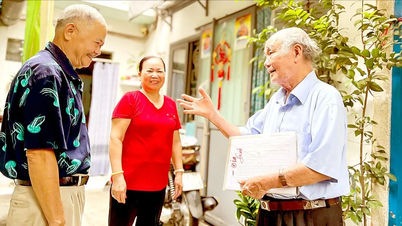
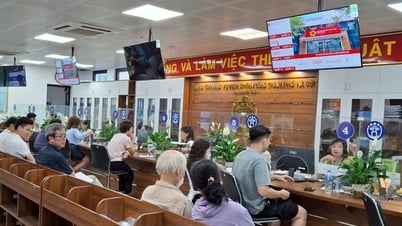









![[Podcast] Week introducing more than 500 OCOP products in Hanoi](https://vphoto.vietnam.vn/thumb/402x226/vietnam/resource/IMAGE/2025/5/22/d144aac2416744718388dbae3260e7fd)

Comment (0)